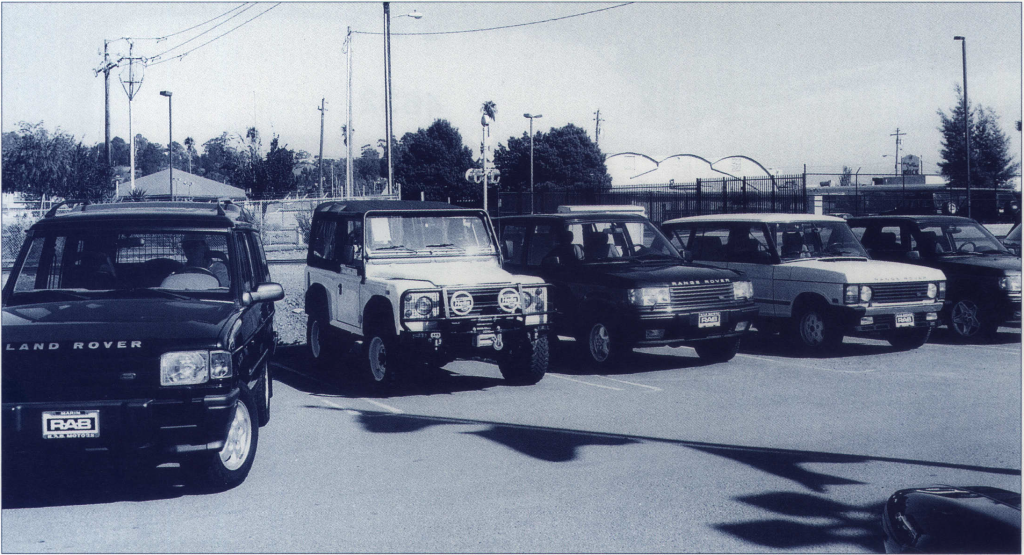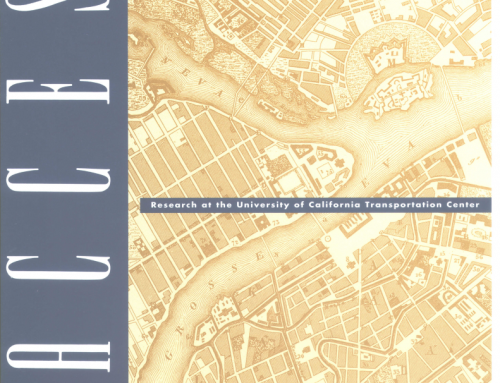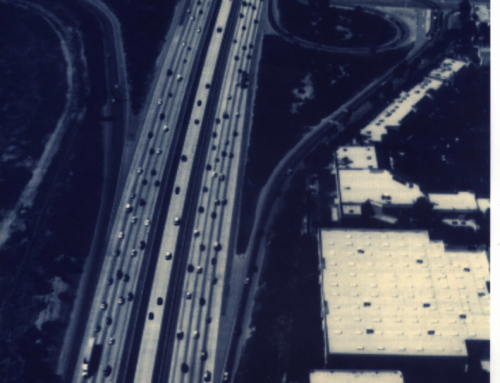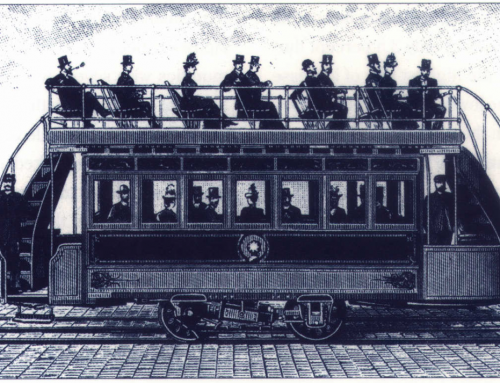The hot issues of the 1970s and 1980s – energy conservation and air quality – are still hot. But they’ve been transformed and narrowed. Now we debate climate change, new propulsion technologies, and particulate emissions. Energy independence no longer is compelling, and efforts to reduce travel are politically weak.
The towering success story of the past three decades is the dramatic reduction of air-polluting emissions from new vehicles. Actual emission rates of gasoline vehicles have fallen by 70 to 90 percent, and the per-vehicle cost of lowering them has receded from a 1980 peak of about $1400 per vehicle (in today’s dollars), when three-way catalysts and computer controls were first introduced, to about $800 in the early 1990s. And only now, with the promulgation of new, ultra-low emission standards, have costs begun rising.
Although some sources report that car emissions have improved by 99 percent, they are misleading. Only new cars tested under artificial conditions have achieved such figures, and only for hydrocarbon and carbon monoxide emissions. With real-world driving patterns, and taking into account deteriorating and malfunctioning vehicle-emission controls, actual reductions are about 70 percent for nitrogen oxides and 90 percent for hydrocarbon and carbon-monoxide emissions. Still, these are quite dramatic declines.
Even greater reductions in emissions from gasoline vehicles are now imminent, with a near-zero-emission gasoline car on the horizon. While it’s unclear – many would say doubtful – whether such low emissions will be achieved in real-world driving, especially as cars age, there’s no question that even cleaner gasoline cars will soon be available, each costing not more than about $200 extra.
The next challenge is to reduce fuel consumption. Technical fuel efficiency (defined as energy required to provide a fixed level of performance) has improved dramatically since the mid-1970s, a testament to impressive engineering advances. But recently these fuel-efficiency gains have not translated into improved fuel economy (measured as miles per gallon). The fuel economy of new vehicles is now lower than any year since 1981. The reason is clear: Improved fuel efficiency is being used not to improve fuel economy but to sell larger, heavier, more powerful, and more accessory-laden vehicles. New cars in 1996 were 8 percent heavier and 23 percent more powerful than they were ten years before.
And an increasing number have energy-consuming features such as four-wheel drive. Moreover, consumers are switching from cars to light trucks (pick-ups, vans, and sport-utility vehicles). The market share of light trucks has increased from less than the 15 percent in the 1970s to 44 percent in 1996. With federal fuel-economy standards for light trucks and cars both frozen, at 20.7 mpg and 27.5 mpg, respectively, overall fuel consumption is increasing steadily, in concert with increasing travel. These trends should come as no surprise in the US, where energy and C02 reduction receive little support, and per-mile fuel costs are lower than they’ve ever been.
EVOLUTION IN ENERGY AND ENVIRONMENTAL POLICY
During the past two decades we’ve developed a more sophisticated understanding of energy and environmental phenomena. We now recognize that the tens of billions of dollars invested in the 1970s in search of energy independence were misguided. We understand better the central role of economics and pricing. We know that early-1980s gasoline prices of $2.50 per gallon (in today’s dollars) are unlikely to be replicated on a sustained basis, if ever; and we know that forecasts from that era of $4 per gallon gasoline, although accepted by industry and government, were plain wrong.
Concerns about energy use no longer reflect fears of oil depletion or energy dependence (though that may change in the coming decade). Instead, we’re concerned about climate change and the greenhouse gases that cause it. About 25 percent of all human-generated greenhouse gases come from transportation, over half of that from light-duty vehicles. Unlike air pollutants, greenhouse gases from vehicles cannot be reduced easily or inexpensively with add-on control devices. The relationship between gasoline consumption and C02 emissions is fixed. C02 emissions may be  reduced by improving fuel economy, reducing vehicle travel, or switching fuels – none of which is as easy as reducing pollution from cars.
reduced by improving fuel economy, reducing vehicle travel, or switching fuels – none of which is as easy as reducing pollution from cars.
The political will to reduce petroleum consumption is weak. Fears of high gasoline prices and oil dependency have largely evaporated. Proven world oil reserves are at all-time highs. Only in the latter half of 1997 did the Clinton Administration begin to seriously address greenhouse-gas reduction. As recently as the summer of 1997, President Clinton was more willing to adopt stringent air-quality standards, despite protests from the business community and even many big-city mayors, than to consider European proposals to require controls on greenhouse gases.
Similarly, efforts to introduce alternative fuels have faltered. The transitory nature of alternative-fuel markets reflects shifting public attitudes toward environmental protection and energy security, as well as the petroleum industry’s recent success in finding oil. Synthetic fuels of the late 1970s and early 1980s, made from coal and oil shale, failed for environmental and economic reasons; com-based alcohol fuel, though expensive, has survived since the 1970s thanks to generous special interest subsidies; methanol has quietly disappeared; and environmentally attractive natural gas still accounts for less than 1 percent of the transportation fuels market, though it shows promise. Each captured the fancy of policymakers, but none has approached early expectations. The new entrant is battery-powered and other electric-drive vehicles. Interest in alternative fuels continues mostly because of air quality benefits.
The commitment to clean air is stronger than ever, and surveys report that 80 percent of Americans consider themselves environmentalists. But the growing popularity of environmental values has not spurred anti-car sentiments, as it has in parts of Western Europe. Continued tolerance for the negative effects of cars, even within the organized environmental community, probably reflects our country’s ingrained dependence on automobiles. Cars are here to stay. The question is: in what form?
The commitment to clean air has played a pivotal role in a variety of environmental and public interest campaigns. Clean air and the strong regulatory institutions and enforcement procedures created to reduce pollution have been used by advocates not only to support alternative fuels and electric vehicles, but also to fight for other desired outcomes – land use management, community development, social equity, reduced investment in roads, and increased investment in transit. But as air quality improves, will it be possible to premise these energy, environmental, and social initiatives on clean air?
SHAPING THE FUTURE
Current public policy toward motor vehicles must be considered in light of three fundamental considerations:
- Advances in Technology
The automotive industry is awash in new electronic, information, and materials technologies; and it is just now beginning to apply advanced energy-storage and conversion technologies. Most promising for dramatic energy and environmental improvements, but also most uncertain, are electric-drive powertrains – using electric motors and drivetrains, with electricity supplied either through a wallplug or generated onboard. These electric-drive propulsion systems may include various combinations of batteries, fuel cells, ultracapacitors, flywheels, and advanced electronics, as well as advanced combustion engines (including direct-injection gasoline and diesel engines, gas turbines, and Atkinson and  Stirling engines). These technologies, combined with advances in lightweight materials and energy-conserving accessories and features, have the potential to significantly improve fuel economy and greenhouse-gas emissions and to eliminate air-polluting emissions, without compromising performance and perhaps without adding cost.
Stirling engines). These technologies, combined with advances in lightweight materials and energy-conserving accessories and features, have the potential to significantly improve fuel economy and greenhouse-gas emissions and to eliminate air-polluting emissions, without compromising performance and perhaps without adding cost.
But these new propulsion and materials technologies face several obstacles. First, the marketplace does not reward consumers for buying more benign vehicles, nor companies for manufacturing them. Government must intervene to internalize environmental externalities. Second, existing companies are reluctant to invest in technologies dependent on government intervention, especially when such investment would probably require radical transformation of the worldwide automotive industry, including supplier and distribution networks. Third, the market for these new vehicles and fuels will likely take years to develop. Daunting market-entry barriers discourage even the most innovative companies from entering the automotive business, not only with new technologies such as electric drive, but even with conventional vehicles. At the same time, major automakers shy from investing in electric-drive technologies because of large sunk investments in factories, supplier relationships, and human resources; and outside companies are discouraged by the billions of dollars needed to create new manufacturing, distribution, and marketing capabilities. Daimler Benz invested a third of a billion dollars in Ballard to gain access to fuel-cell stack technology.
Prospects for electric-drive vehicles are further undermined by continuing improvements in gasoline-vehicle technology and by the prospect of near-zero-emission gasoline cars. The future of zero-emission mandates and other policies supporting sustainable technologies is tenuous: It rests on projected costs and performance of electric-drive vehicles, uncertain consumer preferences, and the resolve to reduce air pollution further. To be sustained, technology-forcing policies and rules now premised on air quality probably will soon have to be linked to climate change and, perhaps someday, to petroleum dependence.
- Shifting Commitment to Clean Air
Since the 1960s air quality has been steadily improving almost everywhere in the US. Lead and carbon monoxide levels have dropped dramatically, and consistent progress has reduced ozone pollution. But particulate matter is a serious lingering health problem that may keep air pollution in the national consciousness – and place vehicles, especially diesels, under increasing scrutiny. Will the new focus on particulates have the effect of retaining air-quality rules and laws as the springboard for pursuing energy and greenhouse- gas goals, and new fuel-cell, hybrid, and battery-electric vehicles?
- Failure of Behavior Reform
Because of the public backlash against efforts to alter driver behavior, especially marginal ridesharing and inspection-and-maintenance programs, air-quality regulators publicly acknowledge that they now invest most of their political capital in promoting new technology. This backlash coincided with the conservative political swing of the early 1990s and the longstanding reluctance of politicians to tax and inconvenience drivers.
Is this retreat from behaviorial strategies appropriate? Many transportation and energy experts believe so. But is the cautiousness just a cyclical phenomenon? After all, from a historical perspective, consumer preferences and behavior are shifting faster than ever. Shouldn’t government play an active role in altering market signals to incorporate market externalities and in nudging travelers toward ecologically benign behavior?
RECOMMENDED POLICY STRATEGIES
The US has developed a transportation system that may be environmentally and economically sustainable – but only if treated in isolation from the rest of the world. Our nation has the resources and resolve to nearly eliminate air-polluting emissions. But greenhouse-gas emissions pose a more stubborn global threat. As the world’s largest consumer of oil and emitter of greenhouse gases, the US plays a central political, economic, and technological role in limiting global climate change. And a moral role as well. In light of the current situation, I recommend the following:
- Encourage Diversity and Experimentation.
Today’s transportation monoculture – as defined by our limited mix of vehicles, fuels, road infrastructure, and pricing and parking options – stymies diversification and change. Much greater effort is needed to identify and nurture desirable technologies, institutions, and practices. 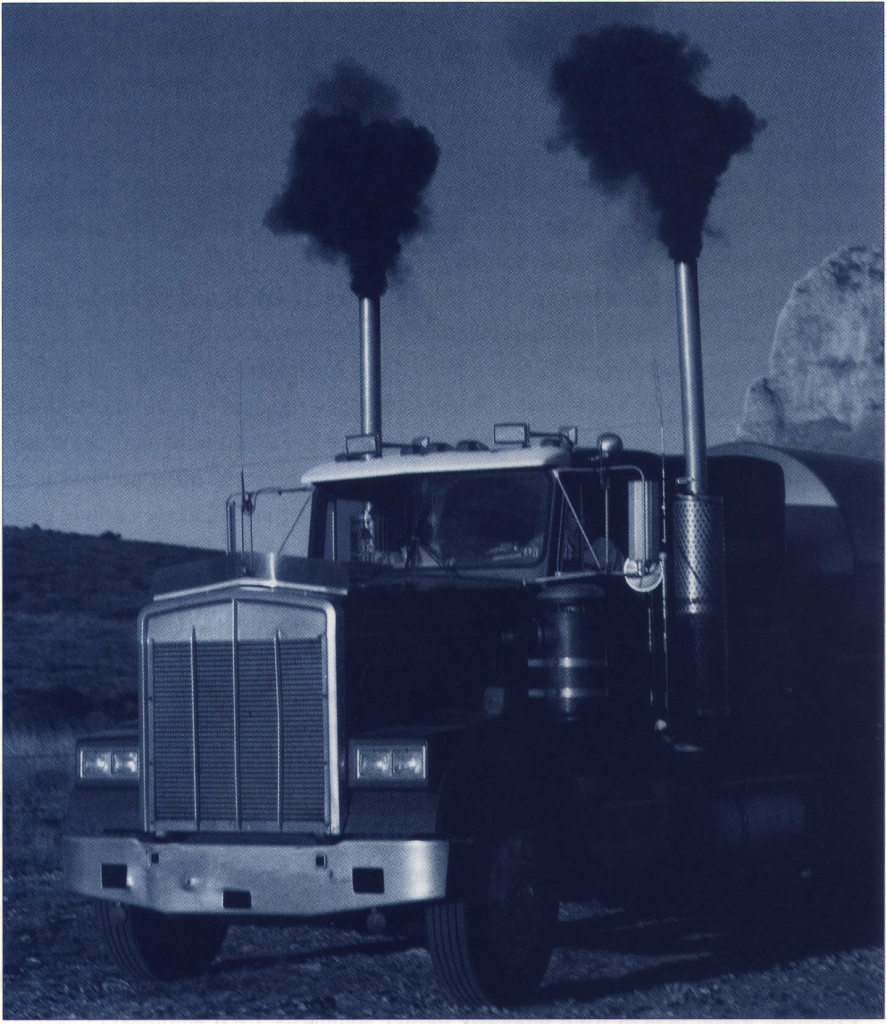 Certainly our transportation system can be more economically efficient and socially responsible. Technological revolutions in information and communications, materials, electronics, and energy storage and conversion are opening up vast new opportunities. We should be experimenting with transportation and land use arrangements, infrastructures, and markets to determine what works in which circumstances –to explore new and better options. Paper studies and surveys are a start, but they cannot accurately predict how people will respond to new methods of pricing, new road and vehicle types, or new paratransit modes. We need carefully evaluated field experiments.
Certainly our transportation system can be more economically efficient and socially responsible. Technological revolutions in information and communications, materials, electronics, and energy storage and conversion are opening up vast new opportunities. We should be experimenting with transportation and land use arrangements, infrastructures, and markets to determine what works in which circumstances –to explore new and better options. Paper studies and surveys are a start, but they cannot accurately predict how people will respond to new methods of pricing, new road and vehicle types, or new paratransit modes. We need carefully evaluated field experiments.
- Flexible regulatory approaches.
Regulation of vehicle emissions and energy should be more flexible and incentive-based. Except in California, every vehicle pollutant is regulated independently, and every vehicle is required to meet the same emissions standard. Fuel economy is regulated separately from vehicle emissions; greenhouse-gas emissions are ignored; and upstream emissions are dealt with independently. There is no procedure for making tradeoffs among different emissions and energy use goals, no method to account for upstream emissions, and little incentive to commercialize innovations ahead of regulatory deadlines. Industry and regulators are pitted in a game of “chicken,” better known as technology forcing. The net effect is an economically inefficient regulatory process that is ill-suited to emerging fuel and technology options.
California regulators have taken a first step toward a more flexible, incentive-based system. They’ve adopted rules that allow limited averaging and banking of emissions, and they’ve encouraged trading of emission credits among manufacturers. California has also explored, but not adopted, emission standards that account for emissions over the full fuel cycle, known as” equivalent zero emission vehicle” standards. Full fuel-cycle standards are needed to guide the introduction of battery-electric, fuel-cell-electric, and hybrid-electric vehicles. These marketable-credit and fuel-cycle innovations should be pursued more aggressively and broadly.
California, though a leader in bringing more benign fuels and vehicles to market, suffers from a lack of authority to regulate C02 and energy use. California needs to work with the federal government to create procedures for trading off energy use and emissions, including greenhouse gases. Doing so would overcome a major shortcoming of today’s system: automatic exclusion of any engine or fuel that cannot meet the standard for a single pollutant, even if it provides major improvements in other pollutants, energy use, or greenhouse gases. This is a wasteful practice that will likely exclude promising technologies, including lean-burn engine designs, advanced two-stroke engines, advanced diesel engines, and perhaps even some hybrid and fuel-cell designs.
- CAFE Reform.
Two anachronistic rules governing corporate-average-fuel-economy standards need to be eliminated: (1) different rules for light trucks and cars, and (2) separate standards for imported and domestic cars. The former has no rational basis, and the latter distorts company behavior in economically inefficient ways. Further, companies should be allowed to trade fuel-economy credits. Many argue that companies would be too proud to buy credits from competitors – which may be true for large companies. But such economically irrational behavior will not constrain smaller companies, and will probably recede for larger companies under shareholder and other pressures.
A broader, more controversial policy would be a tightening of standards. Virtually everyone would benefit from modestly tighter standards, even automakers. Although companies may struggle to reconcile the desire for size and power within mandated fuel-economy standards, that obstacle would affect the whole industry rather than hurting only certain companies. These tighter standards would be more effective if accompanied by at least modest fuel-price increases.
- Bully Pulpit
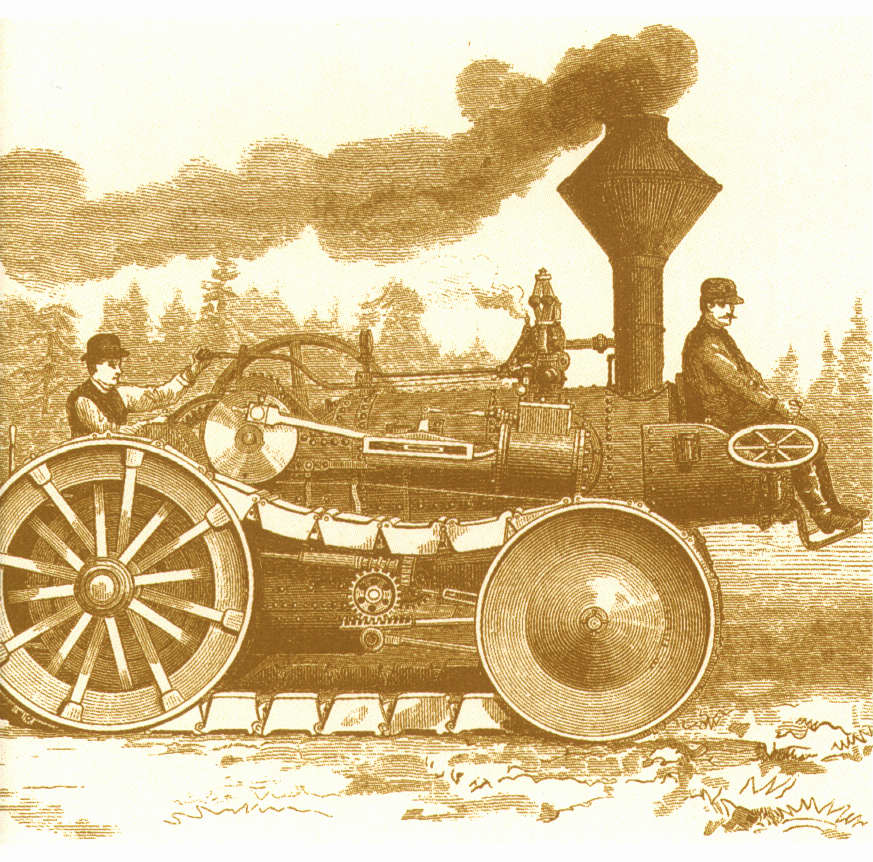 Government initiative and leadership is indispensable in addressing large-scale transportation, environmental, and energy challenges, for the simple reason that much of transportation is in the public sector, and environmental problems lie mostly outside the marketplace.
Government initiative and leadership is indispensable in addressing large-scale transportation, environmental, and energy challenges, for the simple reason that much of transportation is in the public sector, and environmental problems lie mostly outside the marketplace.
Informed, assertive leadership would be especially pivotal in promoting environmentally benign products. An automaker or oil company trying to sell a more benign car or fuel faces a credibility problem. Government must be more self-confident in supporting and rewarding innovative products and companies. The problem, however, is that government decision-making is becoming more difficult and circumscribed as many constituencies assert themselves in the political process, advocating the interests of local communities, underrepresented groups, businesses, and environmentalists.
- Technology Transfer to Developing Countries.
It seems certain that the preponderance of greenhouse-gas emissions will eventually come mostly from China, India, and other large emerging nations. Given their less advanced technology and sparse energy and guide-way infrastructure, it should be less expensive and easier to reduce emission rates in those countries by improving their energy efficiency and deploying leapfrog technology. The cost of eliminating one ton of emissions in China (below a business-as-usual baseline) would be far less than the cost of eliminating one ton in the US. Therefore it is wise to assist rapidly industrializing countries in slowing their production of greenhouse gases, with strategies ranging from education, training, and technical assistance, to major investments in leapfrog technologies such as electric-drive buses, cars, and bikes. These programs can be conducted by governments, universities, and businesses. Given our much higher emission rates and our high international profile, it is important that efforts to apply new and improved technology in other countries be seen as complementing, not substituting for, domestic efforts.
In the US, we must take a hard look at our current transportation system: at how the nation pursues technological progress, rallies around clean air and other public-interest goals, and brings the powers of government to bear. Given the crucial nature of these societal behaviors and the uncertainty of how they will be borne out, the future is largely unpredictable. It is for that reason that the linchpin of any policy strategy must comprise flexibility experimentation, and harnessing of market forces. The US, with its large economy and high levels of energy use and greenhouse gas emissions, has a special responsibility to exert leadership in designing such energy and environmental strategies. +
This article was prompted by ideas presented at the 1997 Transportation-Energy Asilomar conference hosted by UC-Davis. A summary and detailed proceedings of conference, “Policies for Fostering Sustainable Transportation Technologies,” is available from the Institute of Transportation Studies at UC Davis. (916) 752-6548 or jmiller@raphael.engr.ucdavis.edu


